The saying that American universities are easier to be admitted to and harder to graduate from has existed for many years; although now there are more and more people apply colleges in the United States, “easier to enter” is not necessarily true, but the “harder to graduate” principle is still strictly implemented. Compared with the 95% + graduation rates of Harvard, Yale and MIT, the graduation rates of some of the more prestigious universities are somewhat lower. Now, let’s take a look at the 10 lowest graduation rate colleges in the U.S.
Lowest graduation rate colleges list
Note: The four-year graduation rate in the data below is the percentage of students who graduate within four years of enrolling.
Similarly, the six-year graduation rate is the percentage of students who graduate within four years of enrollment.
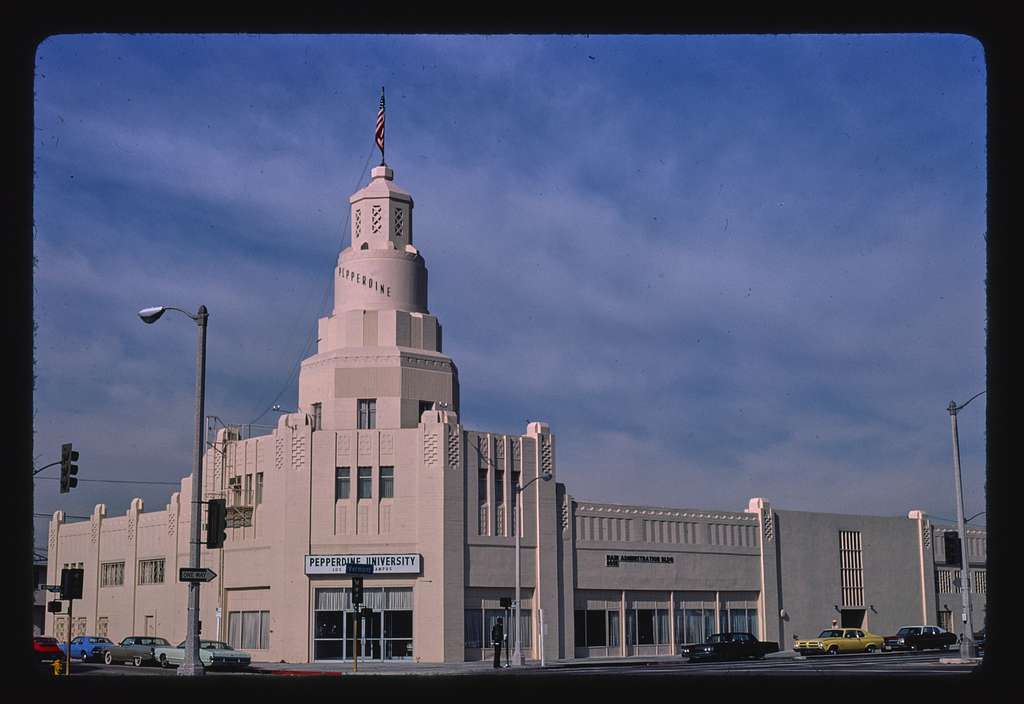
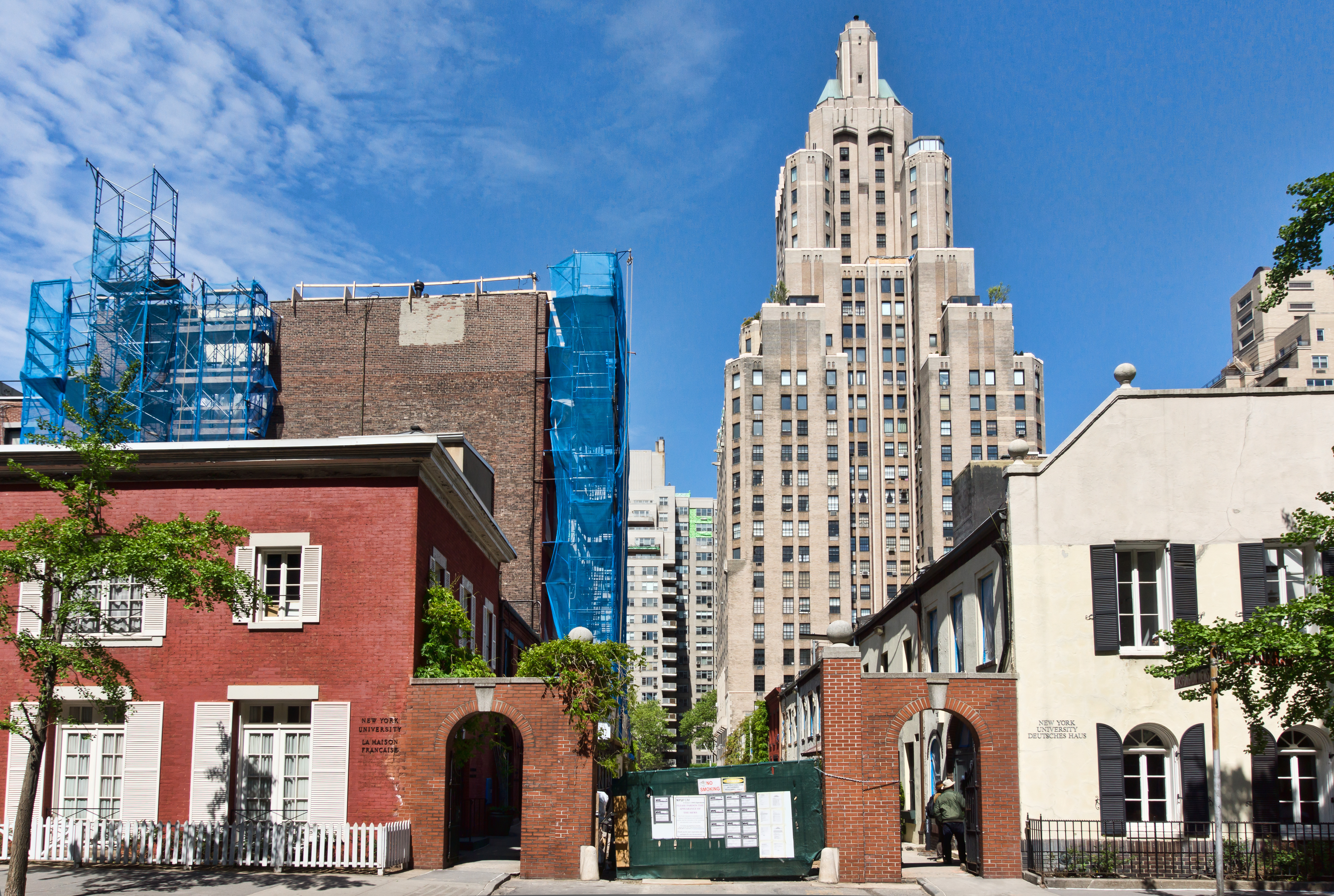
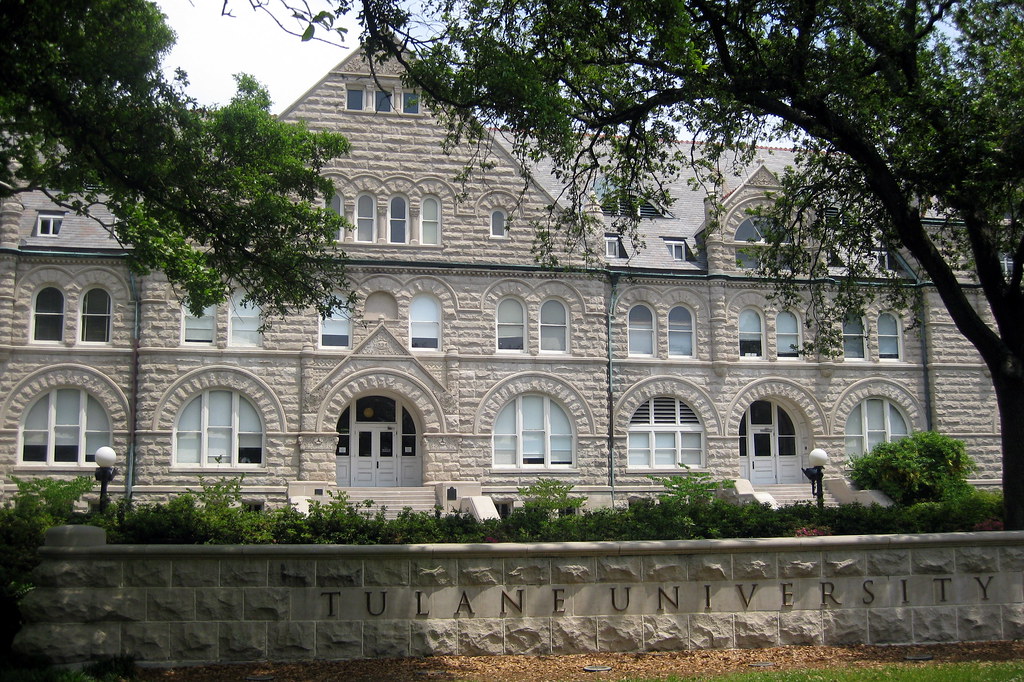
Pepperdine University
U.S. News Ranking: #84 in National Universities (tie)
Undergraduate student population: 3,553 (fall 2024)
Acceptance rate: 63%
Four-year graduation rate: 75%
Six-year graduation rate: 83%
Pepperdine University is a private Christian college founded in 1937. Its campus is 830 acres, and tuition and fees are $72,672. In keeping with the New Testament-based tradition of the Christian Church, students are required to attend 14 religion-related events per semester and take at least three religion courses during their studies. The campus is picturesque, and shooting casually has the texture of a movie blockbuster.
New York University
U.S. News Ranking: #32 in National Universities (tie)
Undergraduate student population: 29,060
Acceptance rate: 9%
Four-year graduation rate: 74%
Six-year graduation rate: 83%
NYU is a private institution founded in 1831, with tuition and fees of $65,622. The College of Arts and Sciences is the largest school at New York University. New York University’s main campus, located in Manhattan’s lively Greenwich Village neighbourhood, is a truly urban school with no boundaries separating the unique campus from the streets of New York. Many residence halls across Manhattan guarantee four years of housing, but many upperclassmen choose to live in off-campus apartments.
Tulane University
U.S. News Ranking: #69 in National Universities (tie)
Undergraduate student population: 7,283
Acceptance rate: 14%
Four-year graduation rate: 79%
Six-year graduation rate: 87%
Founded in 1834, Tulane University is located in New Orleans and is divided into the main city campus and the downtown campus; the latter is the centre of the health sciences program. This university’s School of Public Health and Tropical Medicine has the oldest public health program and the only tropical medical school in the United States. Generally, freshmen and sophomores must live on campus, and students can join more than 200 student organizations. Although the current graduation rate is not ideal, Tulane University’s freshman retention rate is very good, especially the undergraduate retention rate.
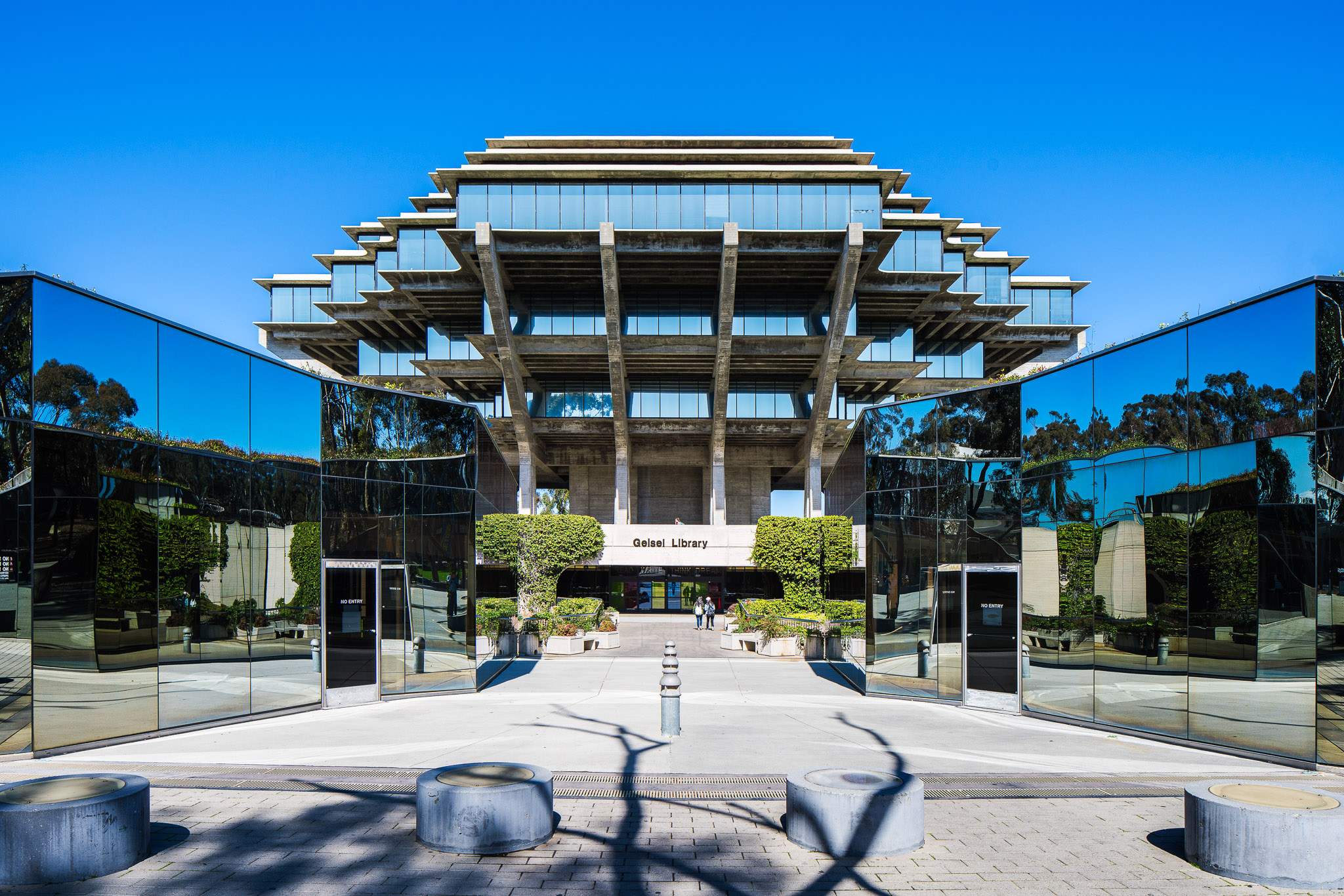
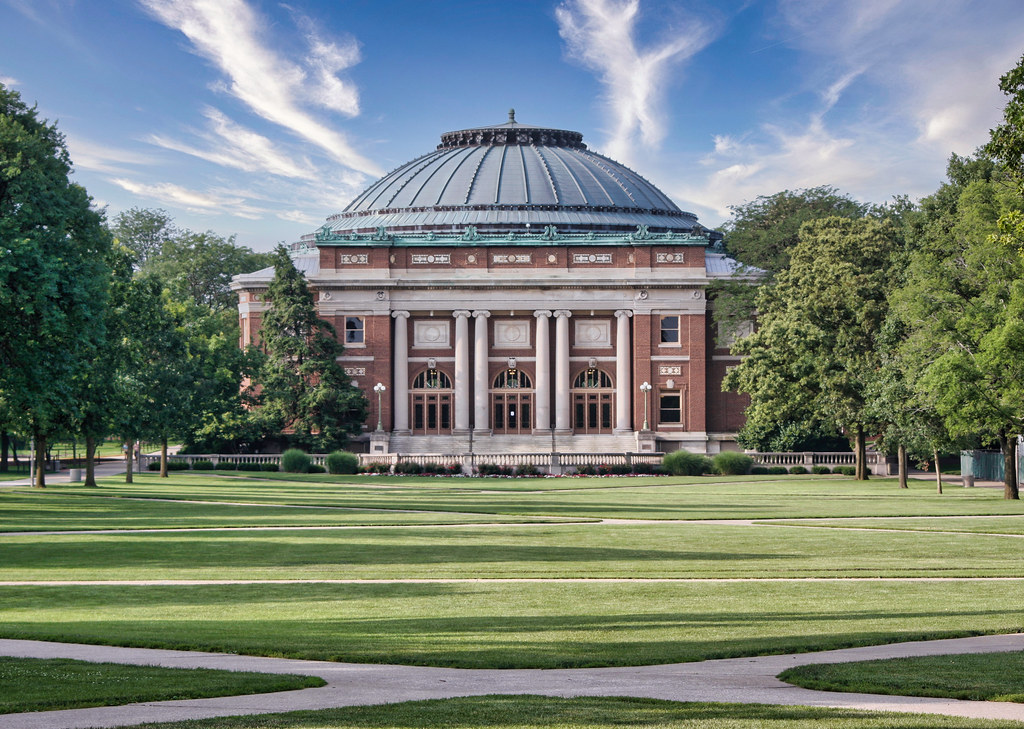
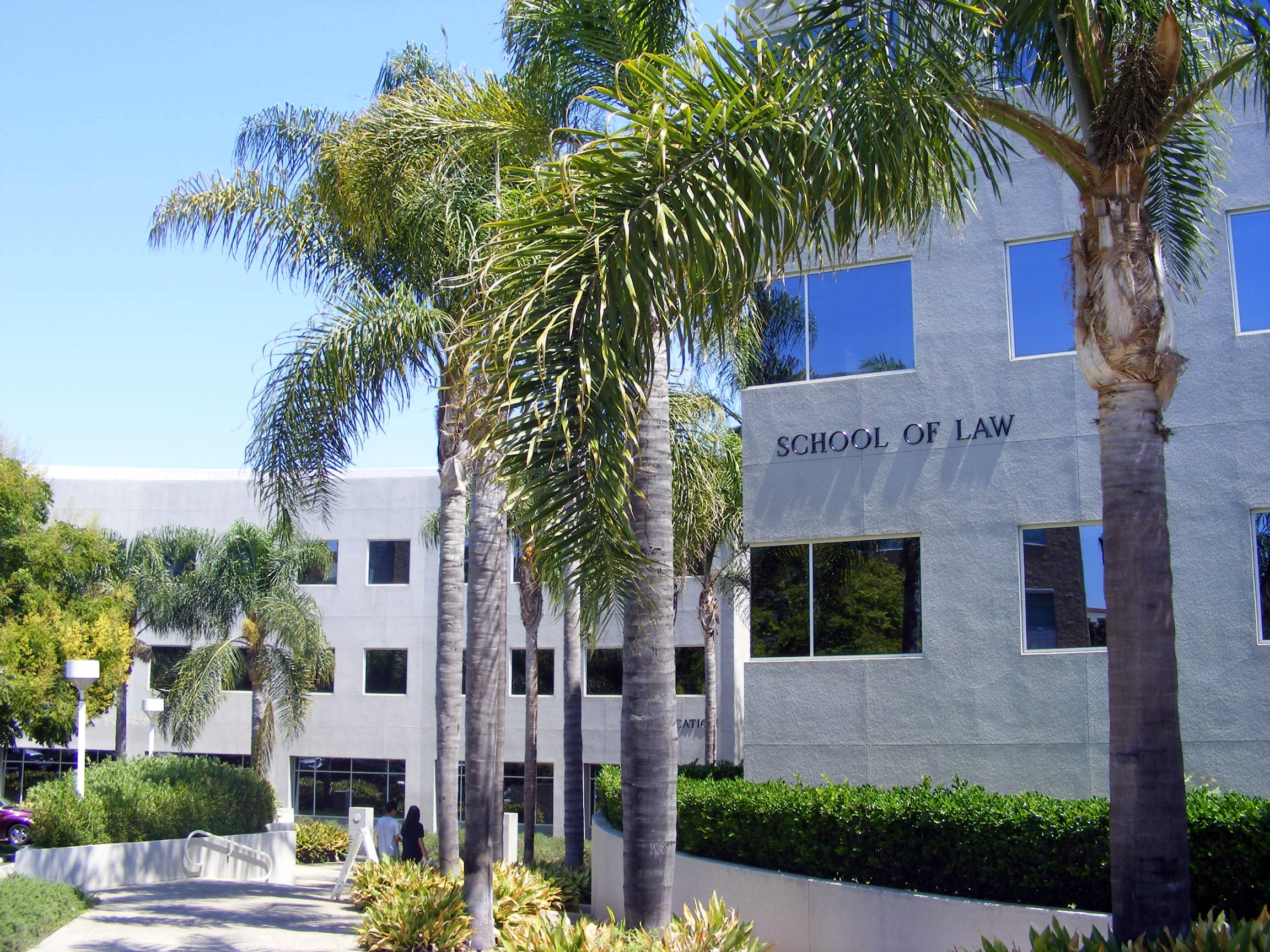
University of California-San Diego
U.S. News Ranking: #29 in National Universities (tie)
Undergraduate student population: 34,955
Acceptance rate: 27%
Four-year graduation rate: 86%
Six-year graduation rate: 87%
The University of California San Diego is a public university. Located on the Pacific coast in the La Jolla neighbourhood of San Diego, UC San Diego has hundreds of student organizations, and all new students are eligible for a two-year guarantee of on-campus housing. Still, they are not required to live on campus. UC San Diego comprises six undergraduate schools, five academic departments, and five graduate and professional schools. Its School of Medicine and Jacobs School of Engineering are highly ranked.
University of Illinois at Urbana-Champaign
U.S. News Ranking: #36 in National Universities (tie)
Undergraduate student population: 37,140
Acceptance rate: 42%
Four-year graduation rate: 73%
Six-year graduation rate: 85%
The University of Illinois at Urbana-Champaign, established in 1867 and located in the quiet twin cities of Urbana-Champaign, Illinois, is a well-known public research university in the United States. The school is a founding member of the “Big Ten League”, known as the “public Ivy League.” With an emphasis on academic research, the university from the United States National Science Foundation (NSF) research funding year after year ranked first in the United States, and the total number of SCI papers in the United States ranked in the top 5.
University of California-Irvine
U.S. News Ranking: #32 in National Universities (tie)
Undergraduate student population: 30,204
Acceptance rate: 24%
Four-year graduation rate: 74%
Six-year graduation rate: 86%
The University of California, Irvine is a research institution in Orange County specialising in cancer and neuroscience research in partnership with the top-ranked University of California, Irvine Medical Center. Graduate programs at the University of California, Irvine, are also highly regarded, and the Paul Melacci School of Business and the Henry Samueli School of Engineering offer specialized programs. Students can participate in over 500 organizations, including nearly 50 fraternities and sororities. Freshmen are not required to live on campus, but more than three-quarters do.
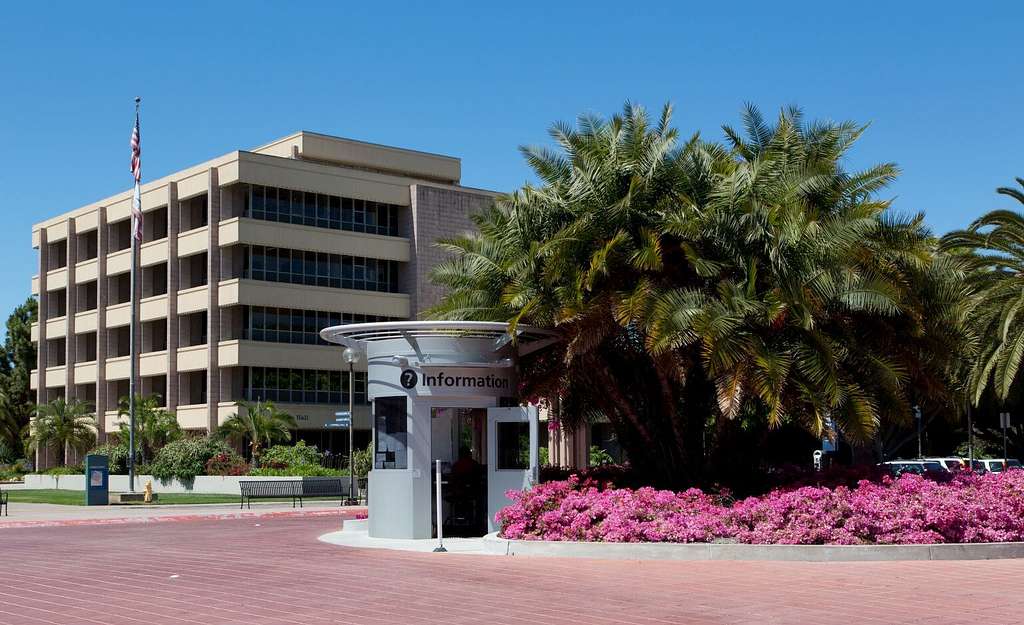
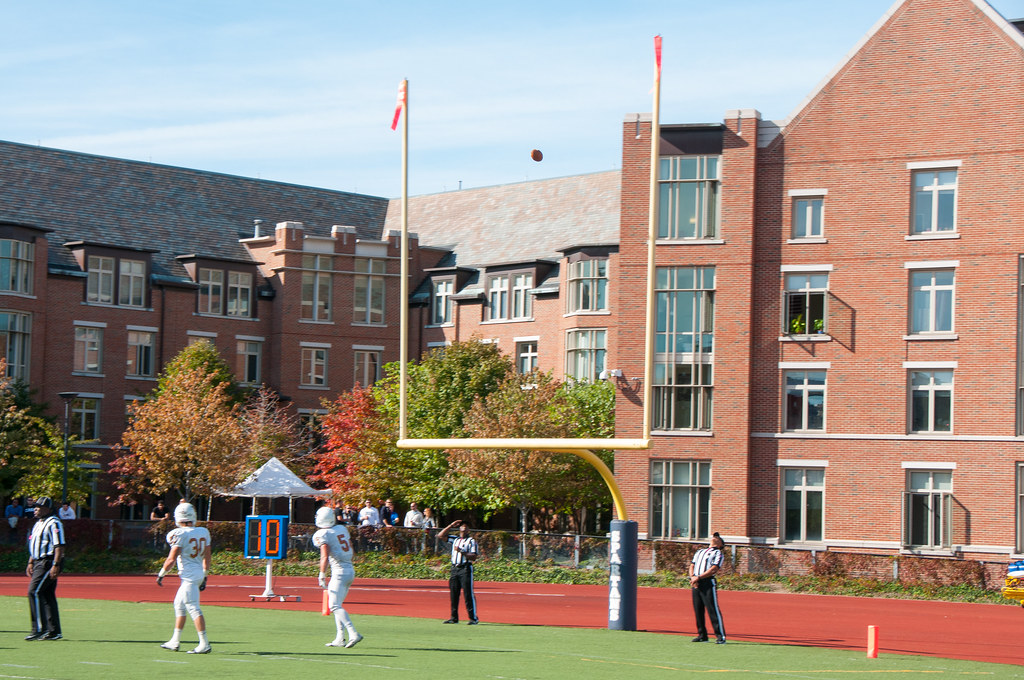
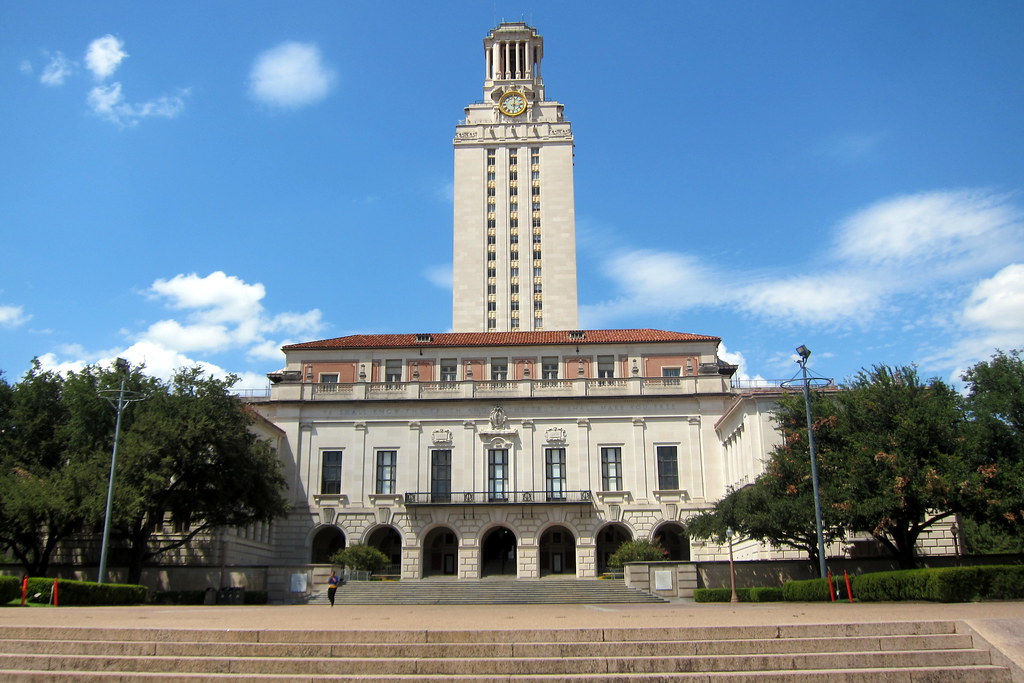
University of California-Santa Barbara
U.S. News Ranking: #40 in National Universities (tie)
Undergraduate student population: 23,181
Acceptance rate: 33%
Four-year graduation rate: 70%
Six-year graduation rate: 83%
As a public university founded in 1909, the University of California, Santa Barbara, is located 100 miles off the coast of Los Angeles, perched atop a cliff overlooking the Pacific Ocean. Students can join any of more than 400 clubs and organizations. It consists of five colleges. Besides, UCSB is a famous Party School, and there are always some students who inevitably become addicted to Parties and neglect their studies. and the school has a good retention rate of new students in recent years.
Case Western Reserve University
U.S. News Ranking: #51 in National Universities (tie)
Undergraduate student population: 6,528
Acceptance rate: 38%
Four-year graduation rate: 73%
Six-year graduation rate: 82%
Known for its world-class research, Case Western Reserve University has more than 200 student organizations and plenty of opportunities to get involved outside the classroom. In response to the low graduation rate, it also has programs that help specific groups of students, such as the Emerging Scholars Program (ESP), which promotes the success of students Case Western Reserve University graduating from Cleveland-area high schools, participating students are often the first in their families to attend college. With the help of this program, their graduation rate is higher than the average for all students.
Rensselaer Polytechnic Institute
U.S. News Ranking: #64 in National Universities (tie)
Undergraduate student population: 5,743
Acceptance rate: 63%
Four-year graduation rate: 87%
Six-year graduation rate: 84%
Rensselaer Polytechnic Institute was founded to bring science into everyday life, a spirit that still prevails today. The school has a highly-ranked engineering program, and it utilizes its science majors to offer unique accelerated programs, such as a Bachelor of Science/Doctor of Medicine. The Physician-Scientist program is to be completed in seven years, and the B.S./J.D. Law of Science, Technology and Society, to be completed in six years. While it can take more than four years to graduate, job prospects for Rensselaer Polytechnic graduates are good, with one of the highest-paying degrees in computer and information sciences and support services earning an average of $81,123, and graduates with engineering/engineering-related technician degrees also having bright earning prospects.
U.S. News Ranking: #30 in National Universities (tie)
Undergraduate student population: 43,165
Acceptance rate: 27%
Four-year graduation rate: 74%
Six-year graduation rate: 79%
University of Texas at Austin
The University of Texas at Austin is one of the largest schools in the country. It is divided into 13 schools and colleges, the largest of which is the College of Arts and Sciences, and the highly-ranked graduate programs include the McCombs School of Business, the Cockerell School of Engineering, and the School of Nursing. Students can join more than 1,000 clubs and organizations or the larger UT Greek system. Moreover, UT offers hundreds of study abroad programs, with the most popular destinations being Spain, Italy, the United Kingdom, France, and China. The University of Texas at Austin has a low admission rate for out-of-state students but is more friendly to in-state students.
What does graduation rate mean?
The graduation rate is a beacon that guides our understanding of educational achievement within colleges. It quantifies the percentage of students who complete their degree programmes within an expected time frame, typically within four to six years for undergraduate studies in the United States. It reflects the efficacy of colleges in supporting students’ academic growth.
Usually, a high graduation rate represents high institutional effectiveness, signifying a nurturing environment where students are propelled to achieve their educational goals. Conversely, low graduation rates spotlight some areas needing improvement, urging universities to rethink strategies to foster students. By dissecting these rates, we venture beyond the numbers, aiming to unearth the underlying challenges and triumphs in higher education, paving the way for a future where every student has the opportunity to succeed.
Conclusion
In conclusion, with the information we offered above, there is knowledge about these ten universities. However, colleges with low graduation rates do not mean the institution’s higher education is bad. When considering the lowest-rate colleges in the US, it’s essential to weigh other factors like cultural aspects. These institutions may offer unique opportunities for students seeking quality education in a specific field. No one should consider the graduation rates as a defining factor of the school quality. As long as students focus more on learning, they can still graduate on time in many of these institutions.
FAQ
What college has the lowest graduation rate?
Western International University. Located in Phoenix, Arizona, Western International University is a small four-year private college offering both undergrad and graduate programs. Its bachelor’s degree graduation rate is 2% within 6 years.
Should I avoid colleges with the lowest graduation rates?
When considering colleges, it is crucial to weigh various factors beyond just graduation rates. While low graduation rates can raise concerns, understanding the reasons behind them is key. Doing more research thoroughly and seeking guidance can help you choose more suitable colleges.
Which U.S. state has the lowest graduation rate of a four-year college?
Alaska. According to the data from the National Center for Educational Statistics, Alaska, which was inhibited for thousands of years by indigenous groups, has the lowest four-year college graduation rate.







